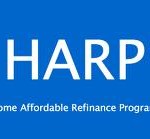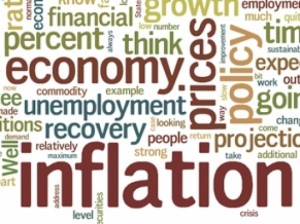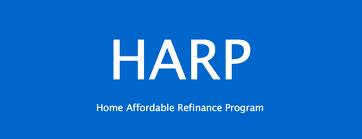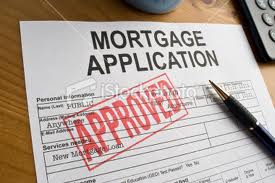Mortgage Rates Settle in Near Record Lows
 Minneapolis, MN: Freddie Mac today released the results of its Primary Mortgage Market Survey® (PMMS®), showing fixed mortgage rates mixed following the monthly employment report but continuing to hover near their record lows over the past six weeks. Last year at this time, the 30-year fixed-rate mortgage averaged 3.99 percent, dropping below 4.00 percent for the first time since Freddie Mac started reporting its weekly mortgage rates survey in 1971.
Minneapolis, MN: Freddie Mac today released the results of its Primary Mortgage Market Survey® (PMMS®), showing fixed mortgage rates mixed following the monthly employment report but continuing to hover near their record lows over the past six weeks. Last year at this time, the 30-year fixed-rate mortgage averaged 3.99 percent, dropping below 4.00 percent for the first time since Freddie Mac started reporting its weekly mortgage rates survey in 1971.
News Facts
- 30-year fixed-rate mortgages (FRM) averaged 3.40 percent with an average 0.7 point for the week ending November 8, 2012, up from last week when it averaged 3.39 percent. Last year at this time, the 30-year FRM averaged 3.99 percent.
- 15-year fixed rate mortgages this week averaged 2.69 percent with an average 0.7 point, down from last week when it averaged 2.70 percent. A year ago at this time, the 15-year FRM averaged 3.30 percent.
- 5-year adjustable mortgages (ARM) averaged 2.73 percent this week with an average 0.6 point, down from last week when it averaged 2.74 percent. A year ago, the 5-year ARM averaged 2.98 percent.
Quotes
Attributed to Frank Nothaft, vice president and chief economist, Freddie Mac.
“Mortgage rates remained near record lows following the employment report for October. The economy added 171,000 jobs, above the market consensus forecast, and the two prior months were revised up a combined 84,000. The Labor Department also reported that the unemployment rate ticked up to 7.9 percent and that average hourly wages were unchanged.”
Freddie Mac’s survey is the average of loans bought from lenders last week, including discount points. Applicants must pay all closing costs at these rates. No cost loan rates higher.
Follow this link to view today’s MN and WI mortgage interest rates.











 Simply put, the lowest rate & the lowest fees do not go hand-in-hand. NO LENDER can offer both together. I can give you rock bottom rates, but it will cost you in fees. I can give you the lowest fees, but it will cost you in interest rate. Most lenders quote their best rate in combination with covering all third party fees (appraisal, credit report, title company, state taxes, county recording fees, etc) with 1% origination. See the example below.
Simply put, the lowest rate & the lowest fees do not go hand-in-hand. NO LENDER can offer both together. I can give you rock bottom rates, but it will cost you in fees. I can give you the lowest fees, but it will cost you in interest rate. Most lenders quote their best rate in combination with covering all third party fees (appraisal, credit report, title company, state taxes, county recording fees, etc) with 1% origination. See the example below.